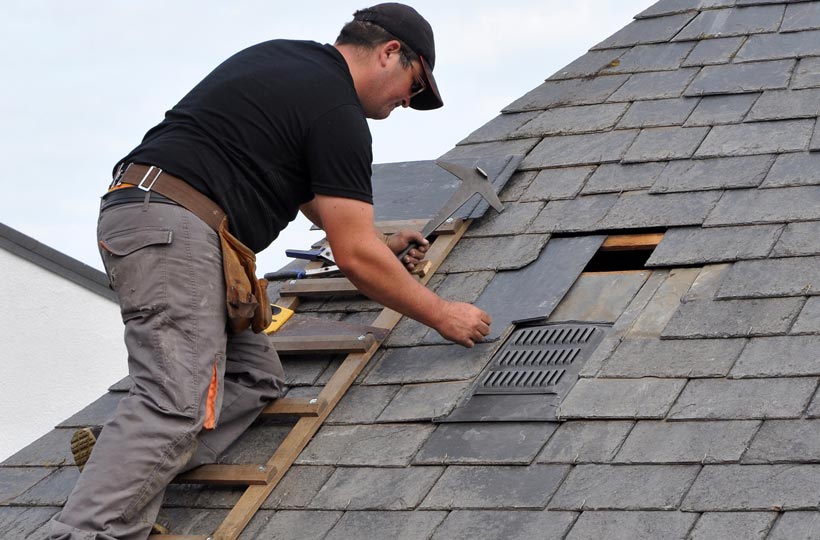In terms of home improvement, the roof often gets overlooked, yet it plays a critical role in the safeguarding and visual appeal of your home. Choosing the right color for your roof is not just about enhancing curb appeal; it also involves practical considerations such as energy efficiency, longevity, and how well your roof can tolerate the elements. Whether you are replacing an old roof or building a new home, understanding the relationship between color and performance can help you make an informed decision.
A roof serves as a barrier against harsh weather while also influencing the overall style of your home. With a wide range of roofing materials available—from asphalt shingles to metal and tiles—each material responds differently to color choices in terms of heat absorption and reflectivity. Furthermore, the right color can improve the longevity of your roof by helping to mitigate issues like heat buildup and snow accumulation. This article will take you through various aesthetic and practical factors to take into account when choosing your roof color, ensuring your selection matches both your home’s style and functional requirements.
Grasping Roofing Lifespan and Components
The longevity of a roof is affected by the materials used, the setup process, and the environmental factors it experiences. Bitumen shingles, for example, typically last around 15 to 30 years, based on the quality and maintenance. Metal roofs can exceed asphalt, with lifespans ranging from 40-70 years, making them a durable choice. On the flip side, materials like ceramic tile or slate offer even higher durability, sometimes exceeding 100 years, but they come with higher upfront costs.

Choosing the suitable roofing material goes beyond just longevity. Visual appeal is also key, as various materials provide unique looks that can boost your home’s street presence. For instance, a clay tile roof can introduce a Mediterranean style, while a seamed metal roof offers a sleek, elegant appearance. Homeowners should consider their building style, local climate, and community regulations when deciding on materials to ensure both beauty and functionality align with their goals.
Routine maintenance plays a significant role in extending the lifespan of roof materials. Ignoring small repairs can lead to more severe problems, such as drips or structural issues that may require high-priced replacements. Homeowners should be watchful for signs of damage and consult with professionals for check-ups, as a roof is a critical investment in their home's overall soundness and investment. Grasping the qualities and lifespan of various roofing materials can empower homeowners to make wise decisions about maintenance and potential replacements.
Signs When You Should Consider Replacing Your Roof
One of the most telling indicators that it may be time for a roof replacement is the condition of the shingles. If you notice curling, cracking, or missing shingles, this can indicate that the roof is past its prime. An inspection may reveal that the shingles have become brittle and are no longer providing sufficient protection against the elements. Additionally, when granules from the shingles are building up in your gutters, it could be a sign that they are deteriorating and unable to effectively protect your home.
Another major sign is the appearance of water stains on your ceiling or walls. These stains suggest that there could be leaks in your roof. If left unaddressed, water infiltration can lead to more serious issues like mold growth and structural damage. If you find yourself having to patch over leaks frequently, it is likely more cost-effective in the long run to consider a full roof replacement rather than ongoing repairs.
Finally, if your roof is approaching the end of its expected lifespan, it might be time to plan for a replacement. Different roofing materials have varying life expectancies; for example, asphalt shingles last about 20 to 30 years, while metal roofs can last 40 years or more. If Storm damage roofing Nebraska is approaching or has surpassed its lifespan, proactive replacement can prevent unexpected leaks and costly damage to your home. Regular inspections can assist in figuring out if a replacement is necessary, providing peace of mind that your home remains protected.
Choosing the Right Roof Materials and Color
As you selecting roof materials, it is crucial to think about the visual appeal as well as the functional advantages they offer. Different materials such as shingles, metal, tile, and wood shake come with distinct features that influence not only the look of your home but additionally its durability and maintenance needs. For example, asphalt shingles are popular for their affordability and ease of installation, while metal is renowned for its longevity and energy efficiency. Comprehending the pros and cons of each type can help you formulate an educated choice that matches with your tastes and lifestyle.
Color is an additional key aspect in roofing choice. The appropriate color can improve your home's visual impact, match its architectural style, and even influence energy efficiency. Light colors bounce back sunlight, potentially lowering cooling costs in warmer climates, while darker hues may assist in snow melt during the winter months. It's also crucial to consider how the shade will look with the current features of your home, such as exterior cladding and trim, as also your neighborhood's overall look. Hiring a professional designer can provide insight into color theory and trends to make sure your roofs aligns with your vision.
Finally, prior to making a choice, consider the enduring implications of your decisions. The duration of roof material can vary greatly, affecting how often you will need to replace your roof. Appropriate installation by a skilled installer in addition to consistent care can prolong the life of your roof, making it important to select material and hues that will resist the elements while meeting your visual desires. Being mindful of these factors will help you not just select the correct roofing materials and hue but also ensure that your house remains attractive and functional for many years to come.
